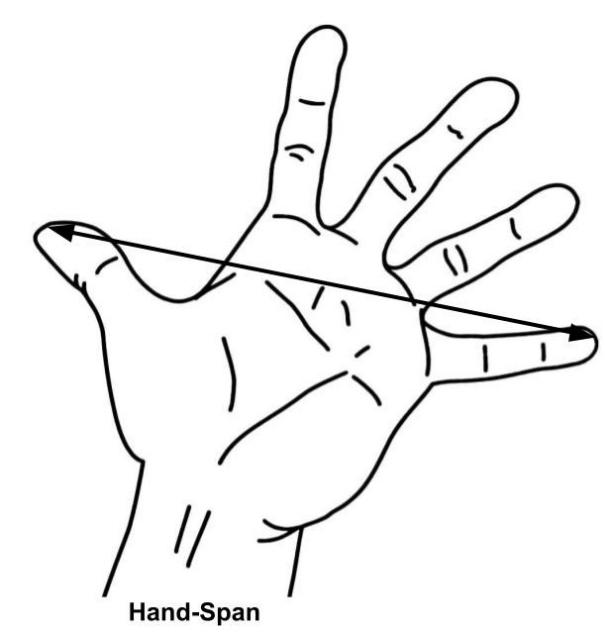
Fathom draws a vertical line from each data point to the movable line (known as the point’s residual) and a horizontal line of the same length, creating a square for each data point. Below the graph, it reports the sum of the areas of all the squares. This sum is one way to judge how well a line fits data. It is good to remember these ratios are averages over a large group of people. Individual variations occur; some might even be used to one’s advantage—for example, having exceptionally long arms can be advantageous when playing basketball.
How to Stop Comparing Yourself to Others as a Tall Guy: Embrace Your Height
Table A.3.5 Use of height methods in different populations. An overview of height methods is outlined in Table A.3.4. Figure A.3.3 Measurement of knee height in sitting (left) or supine positions (right).
Fathom Tutorials
When you start measuring them, however, you will find our bodies show surprising similarities—and even more surprisingly, we can express these with mathematical concepts. We have over 400 fitness tests listed, so it’s not easy to choose the best one to use. You should consider the validity, reliability, costs and ease of use for each test. Use our testing guide to conducting, recording, and interpreting fitness tests.
Arm span
In sports medicine, a person’s arm span can provide insight into their range of motion and physical limitations. In fashion design, arm span can be used to create clothing that fits a person’s body shape and size accurately. You can find your arm length by measuring from the base of your neck, down your shoulder, and following along your arm. If you are getting a measurement for clothing, you will want to stop the measuring tape at your wrist. If the measurement is for sports like boxing, then measure down to the end of your middle finger. An above-average reach may be advantageous in sports such as basketball, tennis, boxing, mixed martial arts, volleyball, discus throw, fencing, rock climbing, and swimming.

Standing height can be measured in participants that can stand without assistance and who are cooperative (typically 2 to 3 years of age and older). For individuals such as infants who are unable to stand, recumbent length (also known as crown to heel length) can be measured. Alternatively, height can be inferred using equations from other measurements, such as knee height, arm-span or half-span.
Expand Your World with Science
One of the most common methods of measuring arm span is by using a tape measure. To use this method, start by standing up straight and extending your arms to either side. Make sure your shoulders are in line with your hips and your arms are at a right angle to your body. Ask someone to measure the distance from the tip of one middle finger to the tip of the other middle finger. Record the measurement in inches or centimeters. The most common and easily accessible method of measuring armspan uses the demi-span.
Height and arm span are very highly correlated, aren’t they? This graph will probably give a better prediction than the Forearm graph. We can use a line to predict likely values when given only one of the measurements. Let’s see how well this method predicts your height given your wrist size. Select the graph and choose Graph | Make Residual Plot. The horizontal axis is identical to that in the original graph, but the vertical axis isn’t labeled ArmSpan.
- This line is not based on the data in any way.
- Height and arm span are very highly correlated, aren’t they?
- See also the related arm length measure, which determines the length of each individual arm.
- Observations and resultsYou probably found your arm span to height ratio approximately to be one to one whereas the femur to height was approximately one to four.
An arm span greater than height is thought to be advantageous in some sports, such as swimming, as longer arms may give greater propulsion. A shorter arm span is useful for weight lifters as they don’t have to lift the weight as high. In each case there are both recommended tools and alternatives which can be used how to measure armspan if these are not available, as described in Table A.3.1. Drag data points around in the graph, noticing how much effect each point has on the line’s equation. After exploring the effects of changing the data, we could undo all the moves until we have the original data back—but we’ll use a different method.